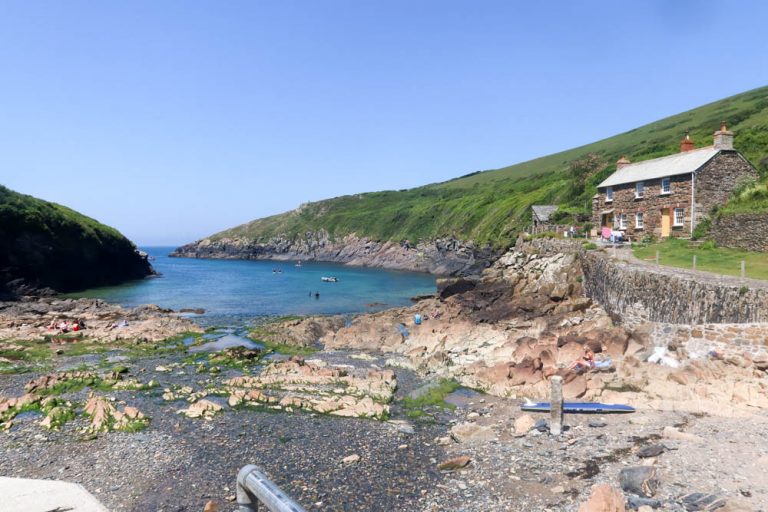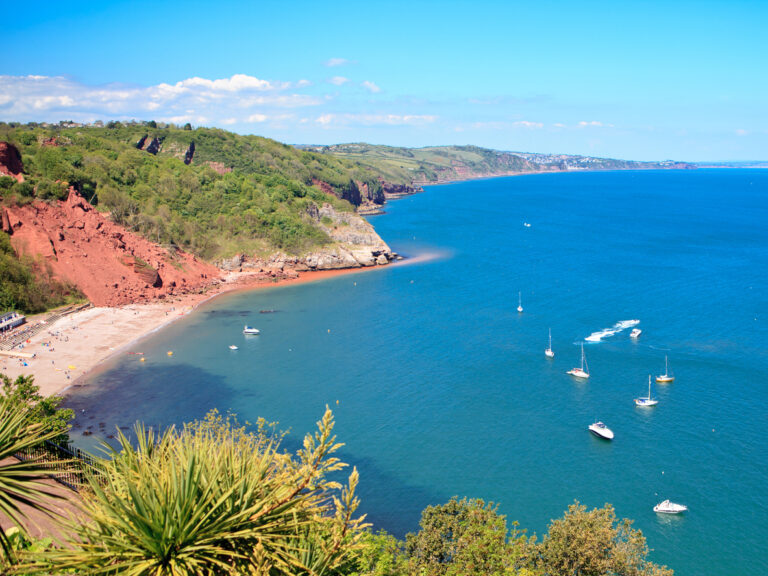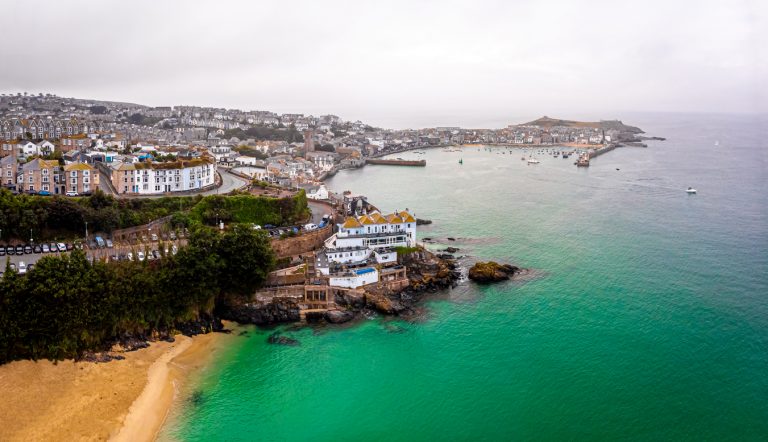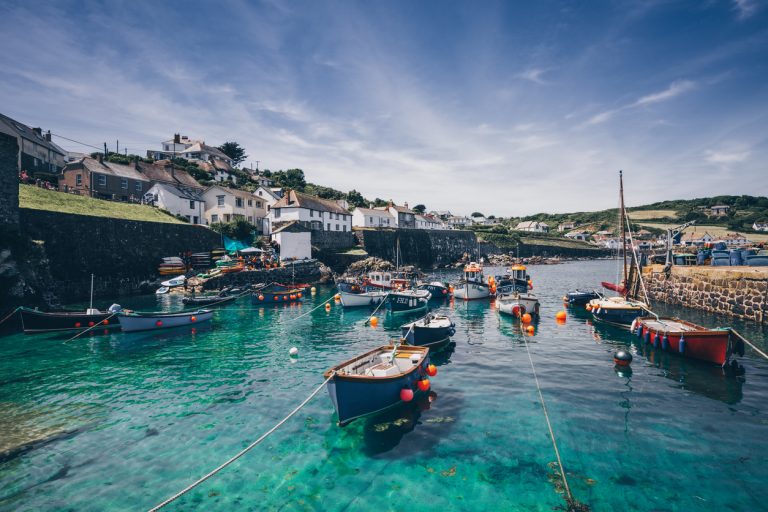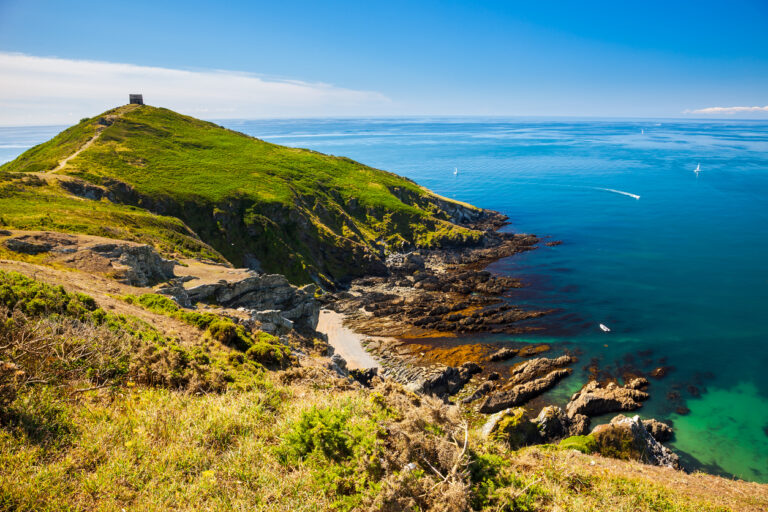Where to see seals in Cornwall: find our cutest animal!
If you’re spending some time on Cornwall’s coast, you may be wondering where to see seals in Cornwall.
These gentle giants plough the waters around the Duchy. In fact, you can pretty much see them from any of Cornwall’s cliff tops; if you’re hiking the South West Coast Path, it’s very likely that you’ll experience some of these playful pups!
However, there are a few spots where you’re more likely to see seals in the coastal waters, whether that’s due to their being specific boat trips or it just being a place that’s frequented by a seal colony.
I’ve personally seen seals (and plenty of other marine animals!) in a few of these spots around Cornwall, and my family and friends have spotted these sea mammals in others (my family are from Redruth, not far from the Cornish coast at all!).
So, here are my top places and ways to see seals in Cornwall.
Where to see seals in Cornwall
Padstow Sealife Safaris
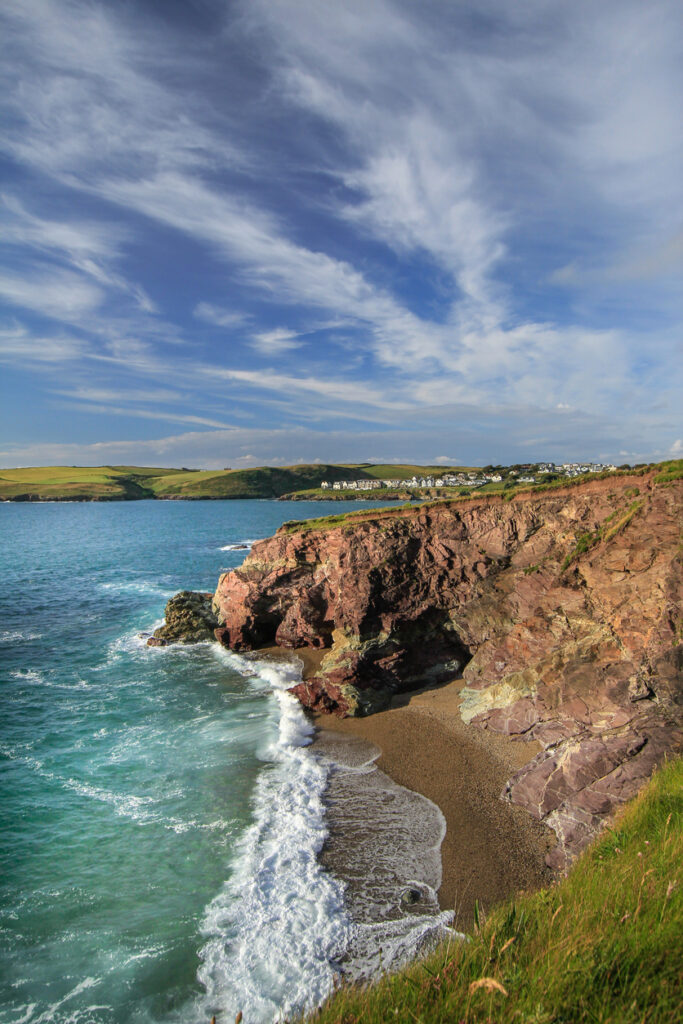
While Padstow itself isn’t the top place to visit if you’re looking for seals – it sits a short way down the Camel Estuary rather than being sea-facing – Padstow Sealife Safaris operate in the popular Cornish town.
This is probably the best way to go seal watching in Cornwall because your hosts know exactly where the creatures frequent – so you’ll spend less time craning your neck, wondering if the flash of grey you just saw was a seal or just a funny-shaped wave, and more time admiring the animals!
The company offers a one-hour seal safari, which is a great taster. You’ll head to one of the spots where seals are known to frequent and have a very high chance of seeing them!
Alternatively, choose a two-hour wildlife cruise, where you’ll be taken to all the best spots to not just see seals, but also bottlenose dolphins, humpback whales and maybe even basking sharks.
You’ll also go to Puffin island, which is one of the only places where you can encounter puffins in Cornwall!
(Side note: if you’re looking for puffins elsewhere in the South West, head to Lundy Island in Devon. They also have a grey seal population!).
The cruises ruin rain or shine and if you’re visiting Cornwall in winter, there’s a reduced timetable.
Make sure that you leave time to check out the best things to do in Padstow too! And if you’re looking for somewhere to stay in Padstow, here’s my accommodation guide.
Godrevy Point
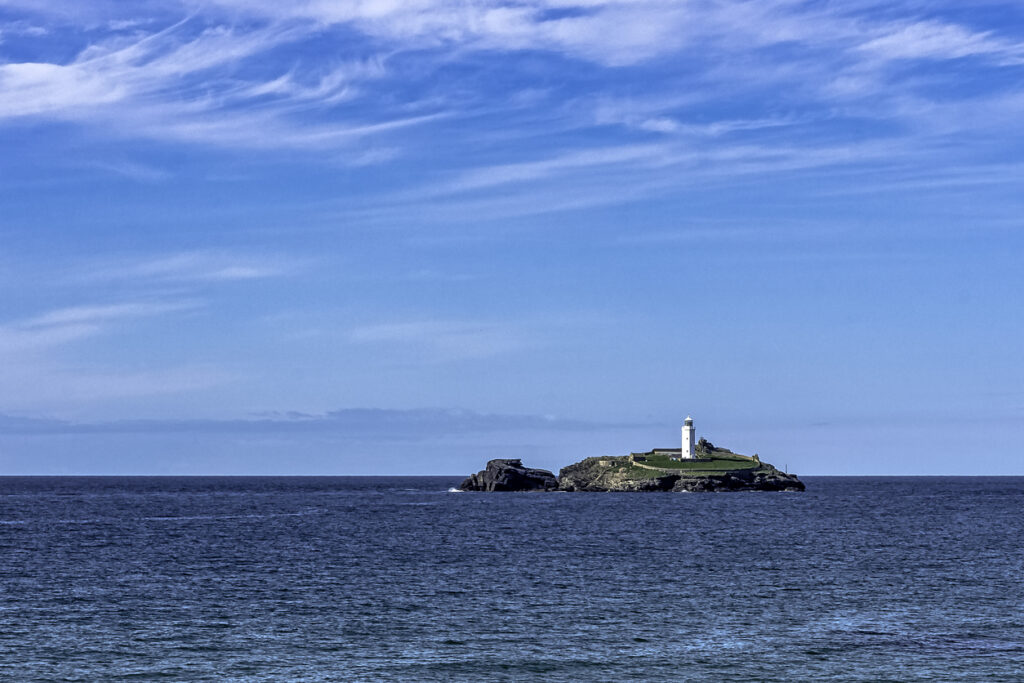
St Ives Bay is well-known as a seal spotting location, and Godrevy Point is one of the best places in the area.
Look around at the local secluded beaches by the point, as they have been known to bask on the rocks here, especially at low tide.
Alternatively, you might see them in the water around the point.
Or, look out to Godrevy Island, which is landmarked by Godrevy Lighthouse.
You’ll need binoculars to see any animals properly, but there are usually some out there!
Mutton Cove
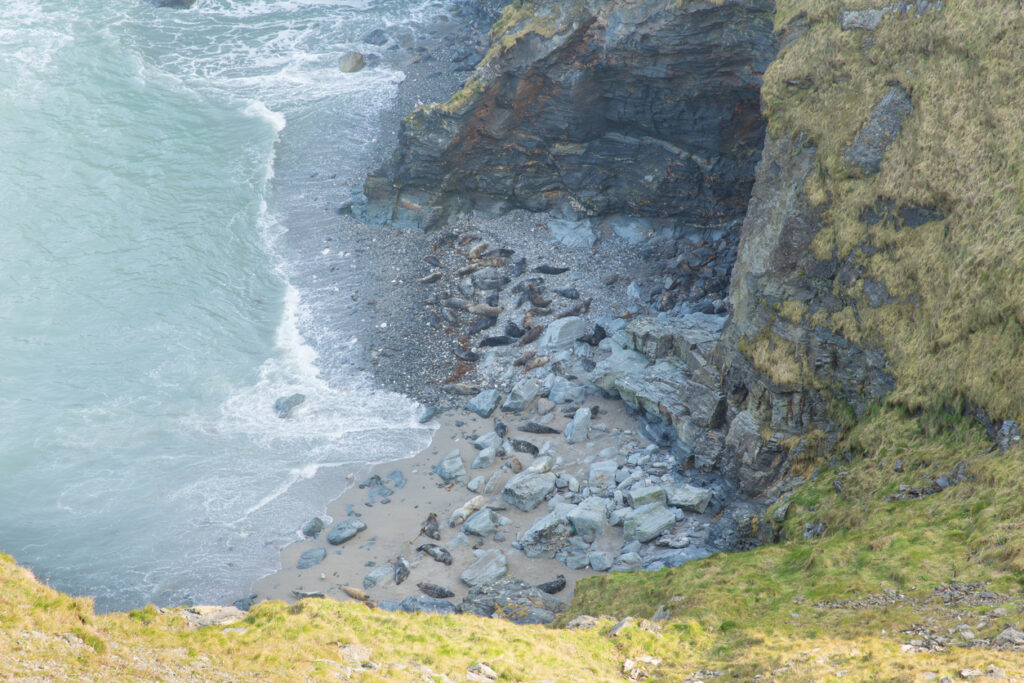
Mutton Cove is close to Godrevy Point and is one of the most famous spots for seeing seals.
This is because it’s not frequented by humans – there’s no access down from the top of the cliff – so they are free to gather there.
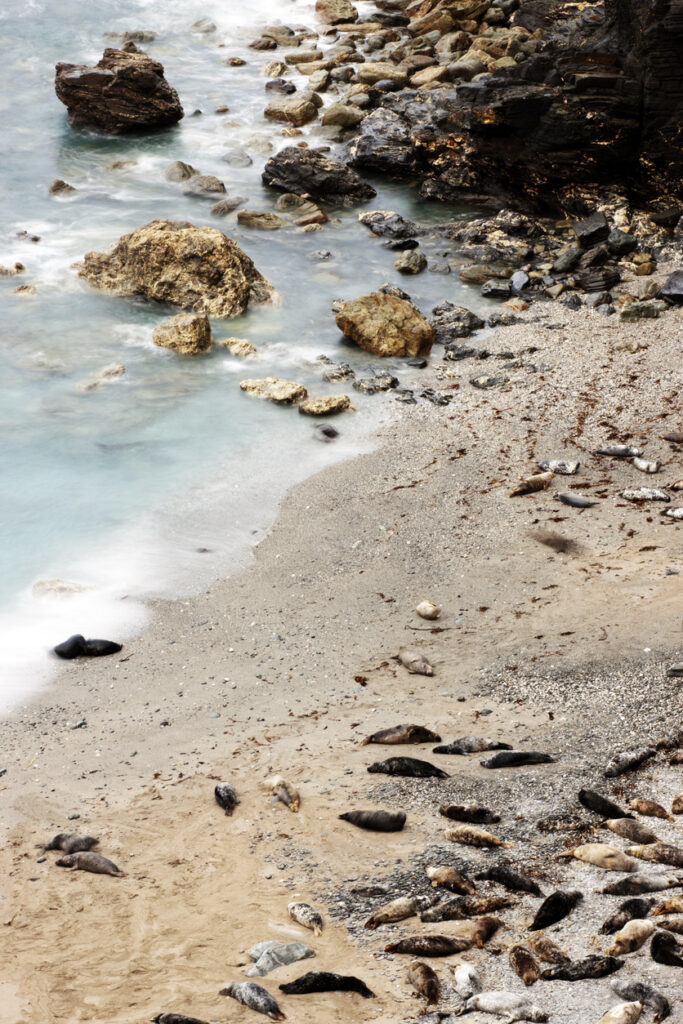
Lizard point
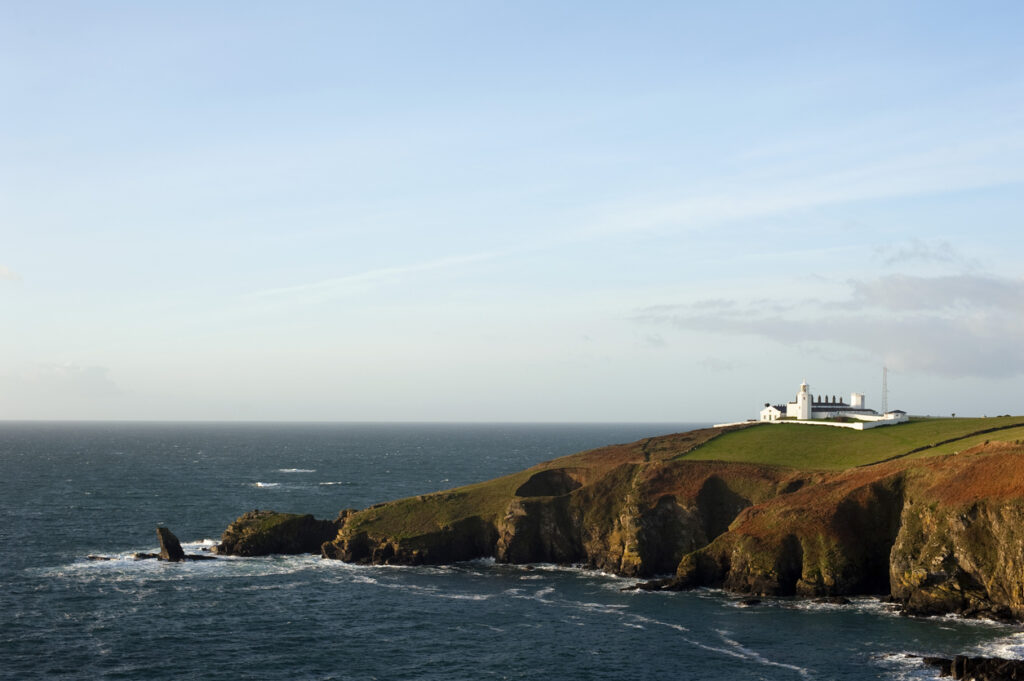
The views from Lizard Point are phenomenal – it’s the southernmost point of the UK, after all!
As well as taking in panoramic sea vistas, you can often spot wild animals in the water, including seals. Take a pair of binoculars with you and see what you can see!
St Ives harbour
This seal spotting location isn’t a guarantee – but I’ve personally seen the creatures in St Ives harbour a few times.
Just walk around to Stoned Wood Fired Pizza and look down into the water – you may well find a friend or two bobbing around beneath you!
Seal Island
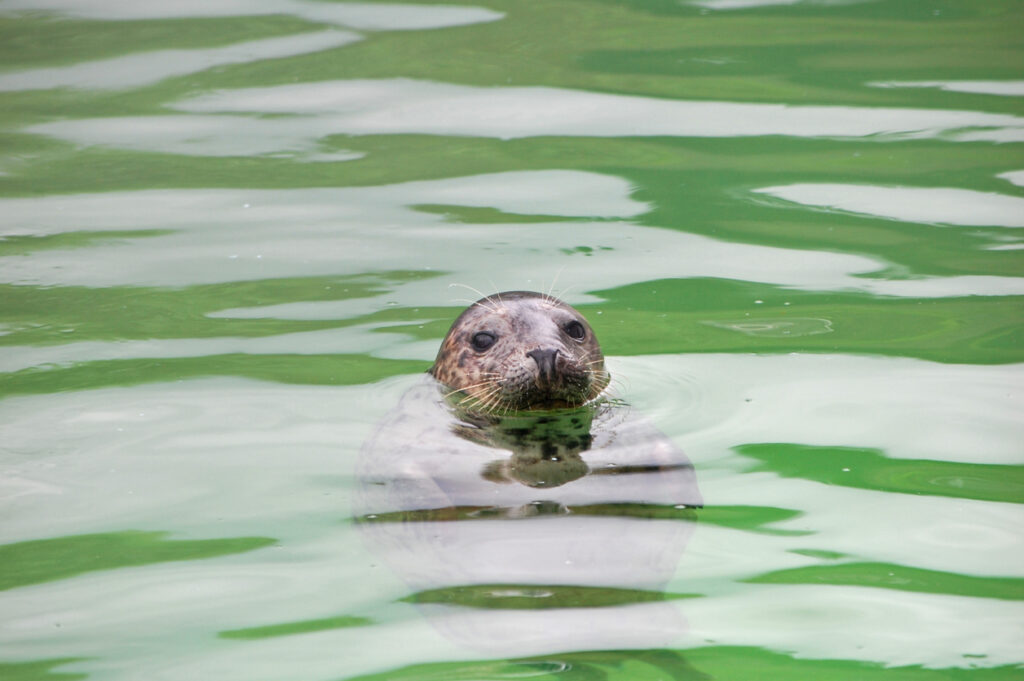
Although you can see plenty of seals right in St Ives harbour, one of the best things to do while you’re in the Cornish town is to take a boat trip out to Seal Island.
As the name suggests, this island is home to a large colony of grey seals.
You can easily visit the island by booking onto a boat trip, which leaves St Ives Harbour and circuits the island, giving you a chance to take in the glorious spectacle of hundreds of seals sunbathing on the rocks.
Polurrian Beach
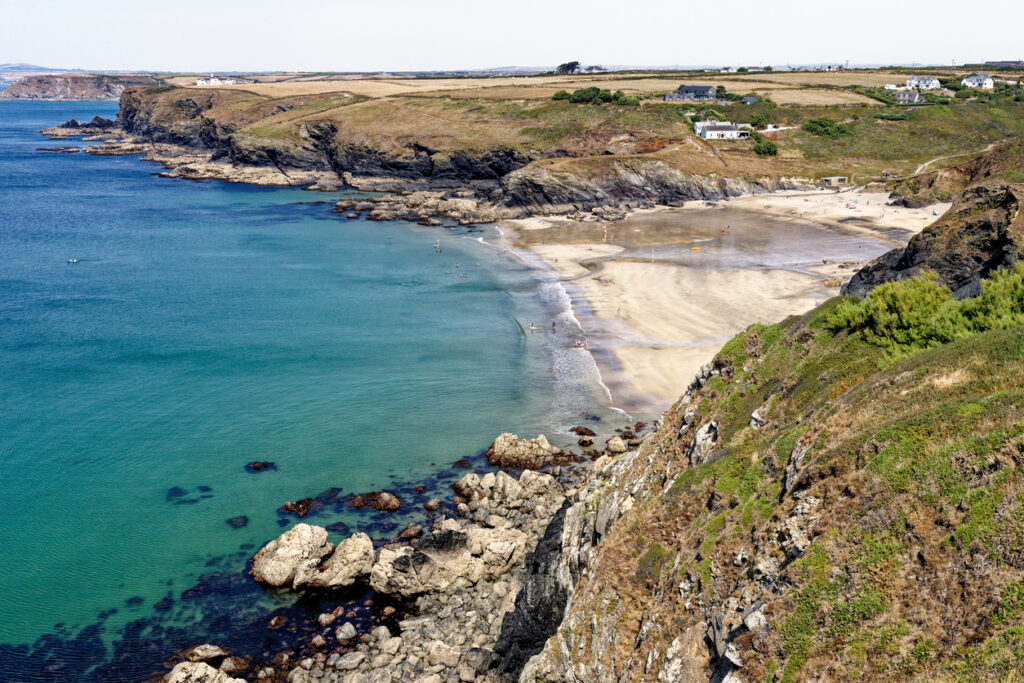
This beach on the Lizard Peninsula is one of the best seal-spotting destinations, thanks to the fact that it is enclosed and secluded.
The beach is usually closed if the grey seal pups decide to nest here, but you can still take a look at them from the coastal path above!
Land’s End
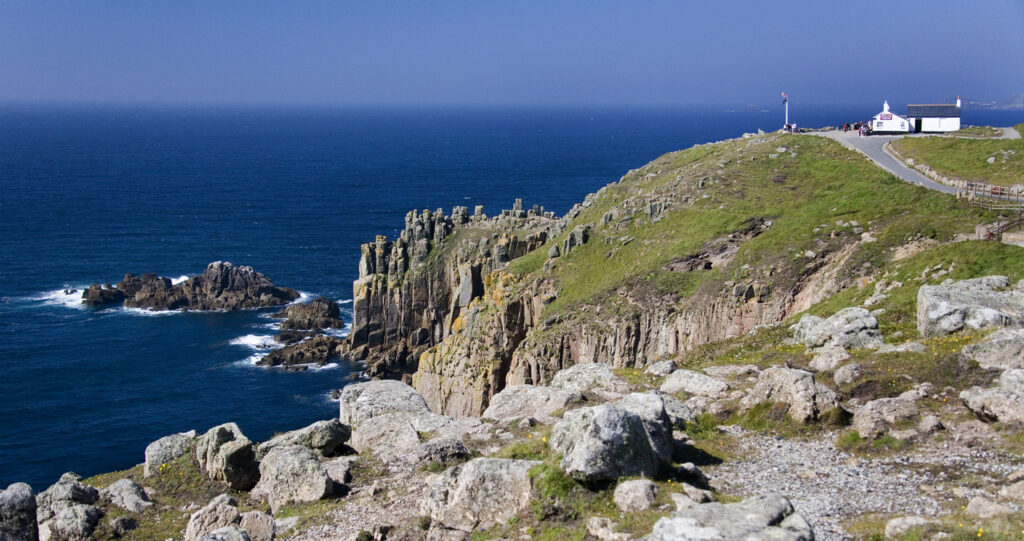
A wild and enigmatic place, Land’s End is a fantastic spot to find Cornish seals.
Similar to Lizard Point, the views here are incredible, and there’s plenty to see in the water.
I’d recommend walking away from Land’s End on the South Coast, to Nanjizal Beach; this area is wonderfully isolated and much quieter for the sea creatures, so you have a higher chance of seeing them!
Mount’s Bay
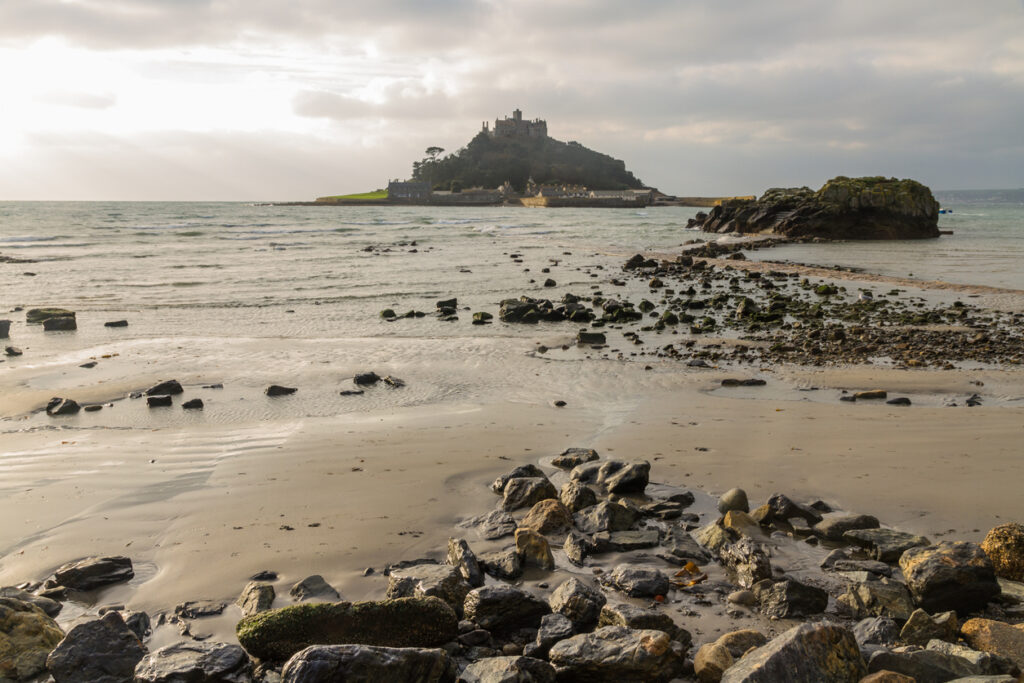
Mount’s Bay encompasses St Michael’s Mount, Marazion, Penzance, Newlyn and Mousehole, and there’s plenty of marine life hiding in the waters here!
You might be lucky and see a seal in the water from St Michael’s Mount, or even spot one in Penzance harbour.
However, I’d recommend taking a boat tour to have a higher chance of seeing the creatures. Marine Discovery Penzance operates regular trips in the summer months, heading to spots known for common seal sightings.
Cape Cornwall
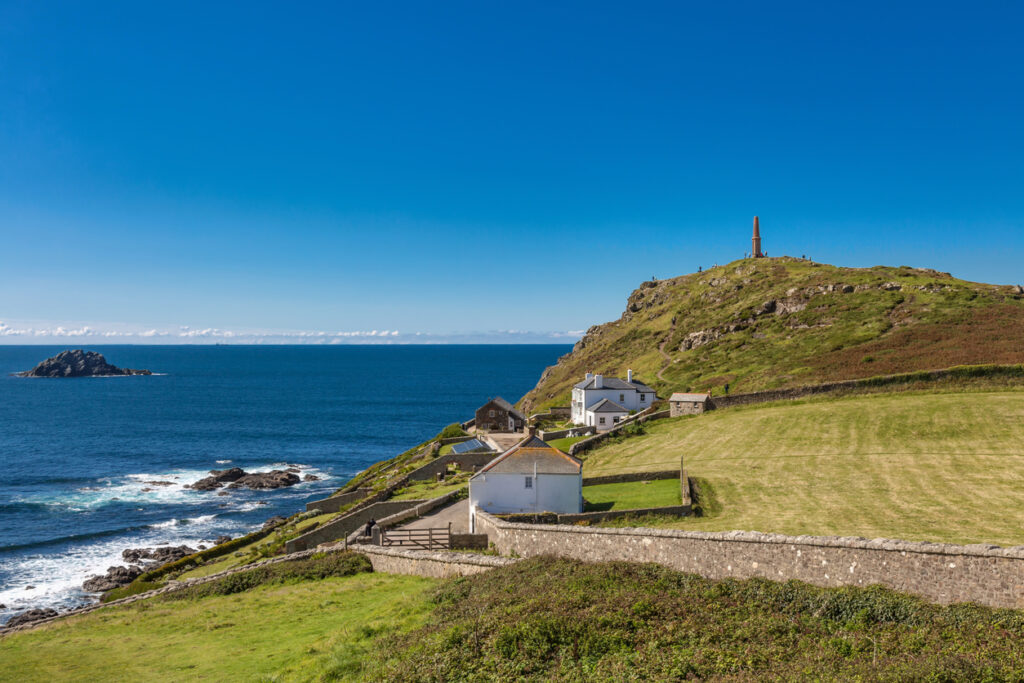
Cape Cornwall is an excellent place if you want some solitude, and there have been lots of reports of good views of seals from here as well!
Cape Cornwall is basically a non-touristy Land’s End alternative – it’s one of the furthest west points in the country (it used to be considered the furthest west until it was proven to be Land’s End) and offers similar dramatic views – only it’s much quieter!
For the best views, head to the summit, where you can look down into the sea and on the rocks below to find some seals!
Looe Island
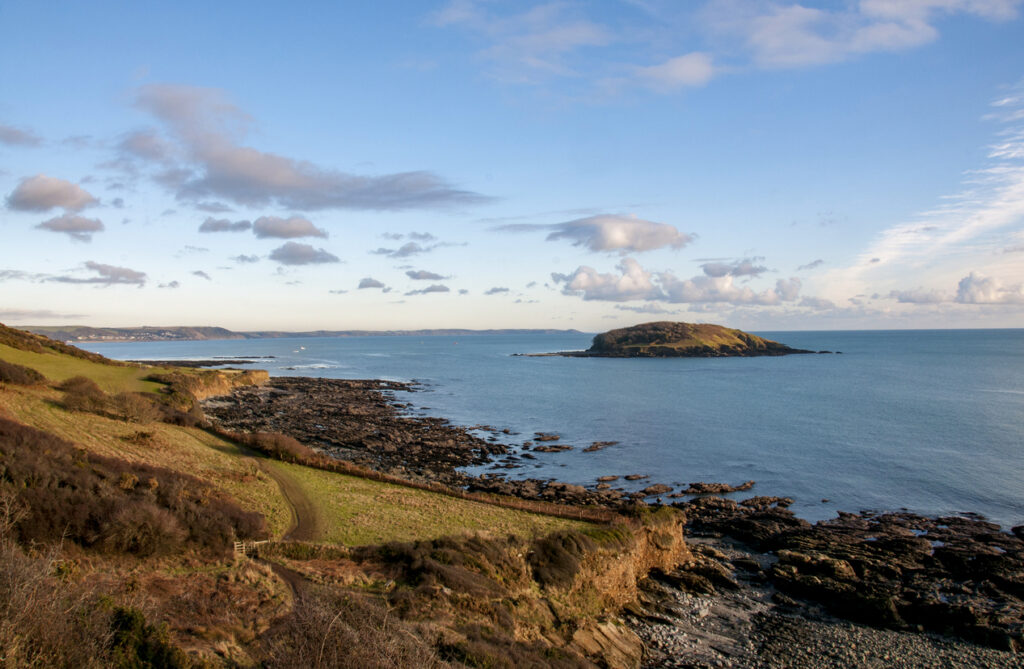
Looe is a marine reserve sitting off the Southern Coast of Cornwall (near Looe town). There are plenty of seal sightings here throughout the year, particularly on the island’s surrounding offshore rocks.
You can only visit Looe Island as part of an organised trip; it’s not possible to see it independently. However, this keeps the island wild and seals in the sea!
Cornish Seal Sanctuary
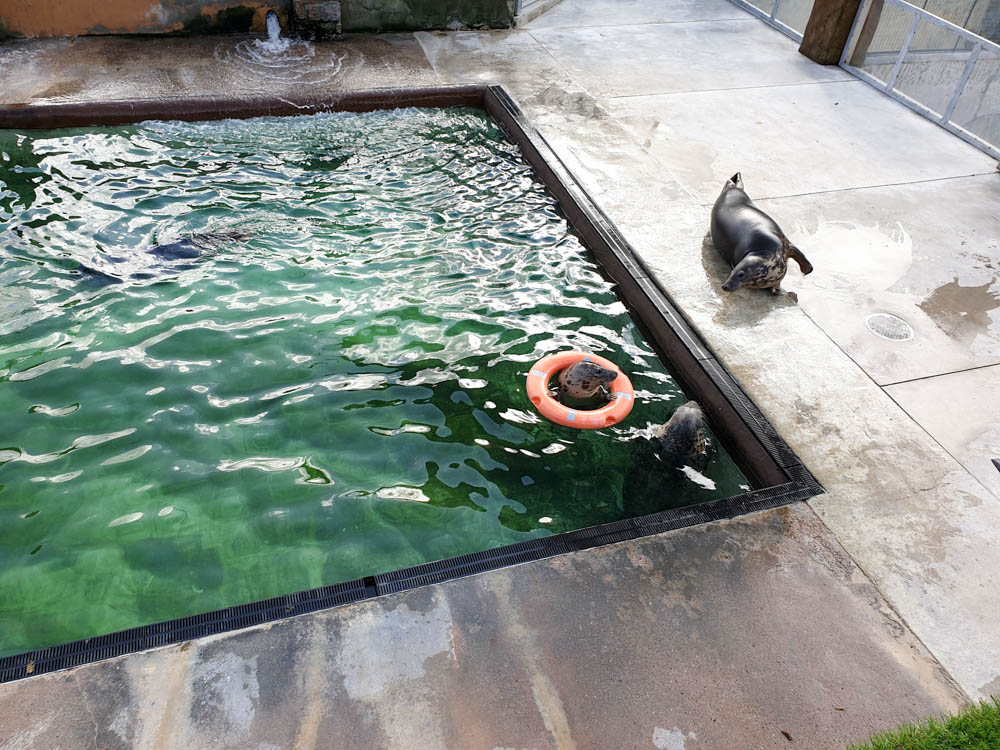
If you’ve failed at seeing the creatures anywhere else in Cornwall, you’re guaranteed a sighting at the Gweek Seal Sanctuary!
Located in Gweek, a small village at the top of the Lizard Peninsula (close to Falmouth and Helston), the Cornish Seal Sanctuary rehabilitates injured seals that are found in Cornish waters.
When the seals have recovered, they are released back into their natural habitat; apart from a few seals who have injuries that mean that they wouldn’t survive in the wild.
These seals are given a permanent home at the sanctuary.
The sanctuary is also home to sea lions and other marine mammals, plus penguins.
The sanctuary is a charity, and when visiting, you’ll find the vital rescue efforts that the sanctuary carries out when these injured creatures are found, plus the efforts that they take to treat each marine animal.
Tips for seeing seals
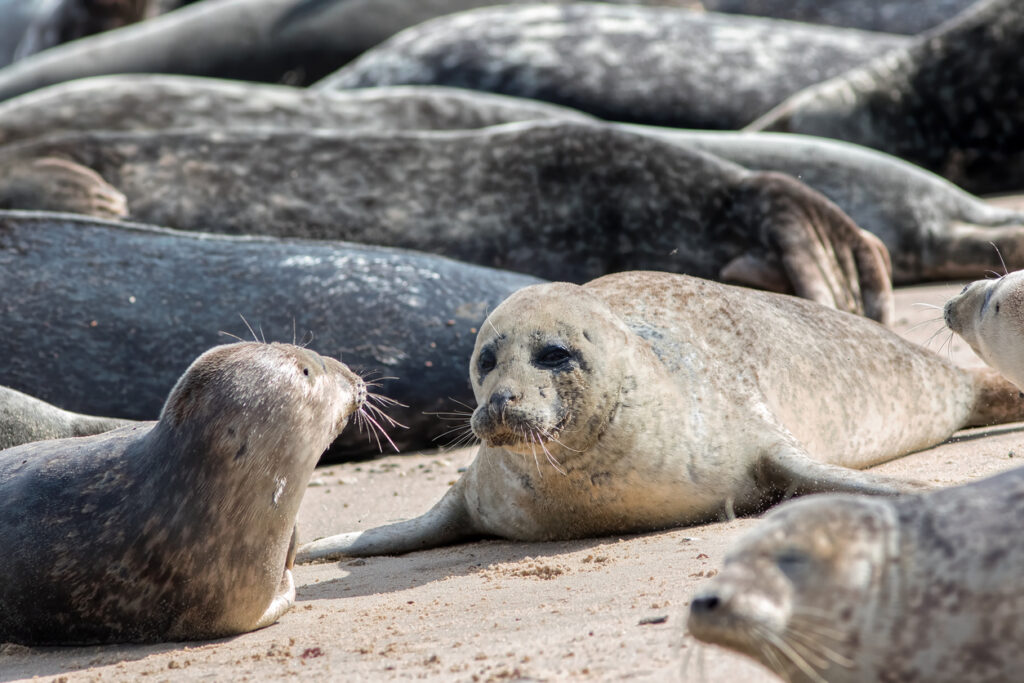
- bring a pair of binoculars, as some of the best seal sightings are from clifftops
- don’t approach seals – give them plenty of space
- if you spot a seal that looks injured or distressed, call the Cornish seal sanctuary or the British Divers Marine Life Rescue and advise them of the location – more information here
When is the best time to see Cornish seals?
Unlike other marine mammals, there’s a decent chance of seeing seals throughout the year in Cornwall!
The pupping season begins in August and can run until December, so if you visit during this time you may see some adorable baby seals. Do be extra careful though – don’t get between a mother and her young.
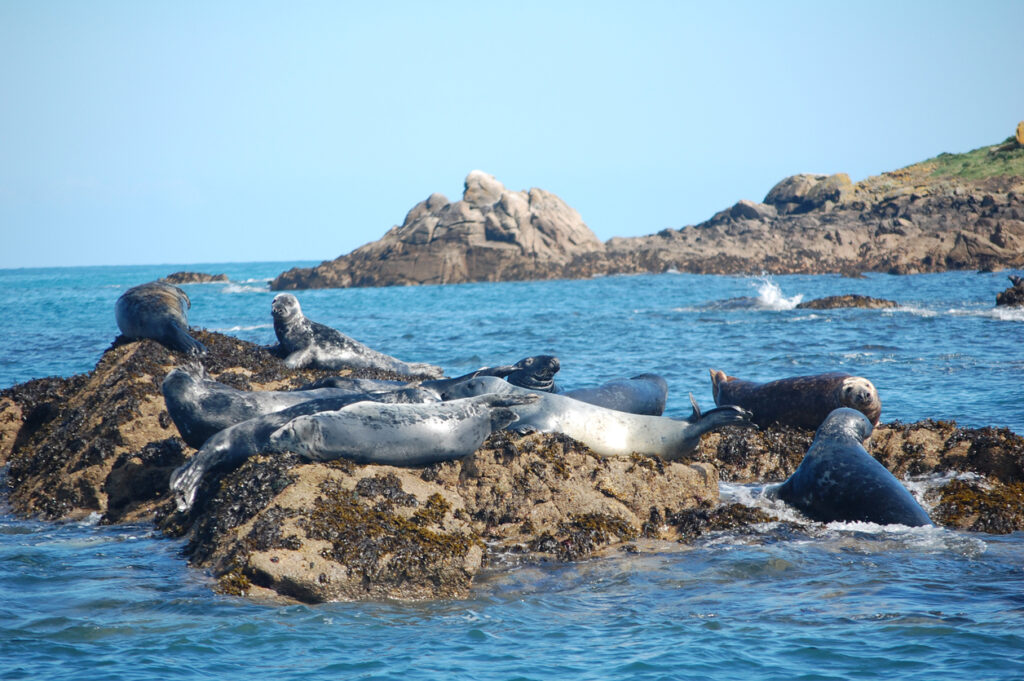
Looking out for Cornish seals is a must while you’re in the Duchy! Whatever coast you’re on, there’s a high chance that you’ll see these beautiful creatures as long as you know where to look.
Hopefully, this guide has proved useful – drop me a message on Instagram if you manage to spot any on your next Cornish trip!

